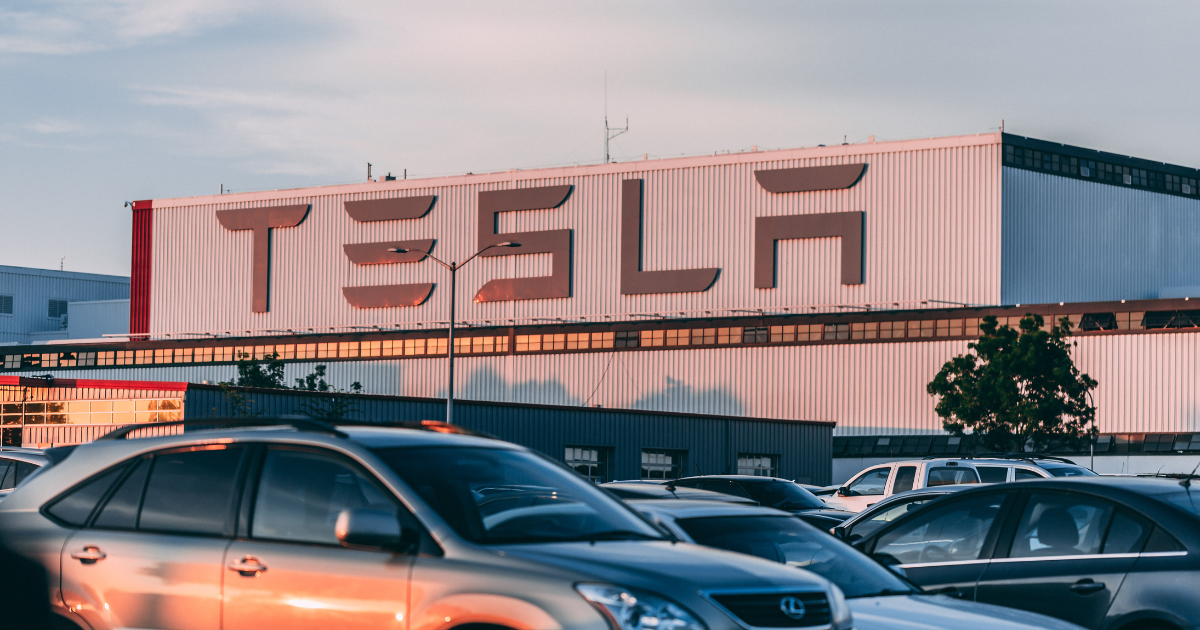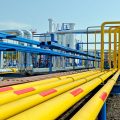Electric vehicle (EV) adoption is rapidly surging worldwide, driven by rising environmental awareness, government incentives and policies, technological advancements improving battery efficiency and extending driving ranges, and fluctuations in oil prices. According to the International Energy Agency’s (IEA) Global EV Outlook 2024 report, EV sales reached 14 million in 2023, up 35% year-over-year.
Last year, China accounted for around 60% of global EV sales, with Europe comprising 25% of EV sales, followed by the United States at 12%. Moreover, the total number of electric cars on the road surpassed 40 million by the end of 2023.
The EV market in Asia is well-poised to grow and evolve significantly, with two key players standing out: Tesla, Inc. (TSLA) and Hyundai Motor Company (HTMTF). As both EV makers vie for dominance in the region, their strategies, growth trajectories, and technological advancements are coming into sharper focus.
This article explores the current standings of TSLA and HYMTF in Asia, comparing their sales growth, technological innovations, and production capabilities to assess which is better positioned to lead the EV race.
Tesla: A Strong Comeback in China
Tesla’s presence in Asia is most prominent in China, the world’s largest EV market. After grappling with competitive pressures from local automakers like BYD Company Limited (BYDDF) and the aftermath of the COVID-19 pandemic, TSLA seems to be on the road to recovery in this key EV market.
For the week ending September 15, Tesla witnessed 15,600 insurance registrations in China, according to CnEVPost. The EV maker sold 63,456 vehicles in China in August, the highest of the year, an increase of 37.3% from July. This resurgence in China follows a series of price cuts aimed at boosting demand, as well as the company’s investment in expanding Gigafactory Shanghai.
China remains pivotal for Tesla’s global strategy. With the Model 3 and Model Y leading sales, Tesla continues to build brand loyalty through technological superiority, its well-established Supercharger network, and a focus on in-house battery production. Tesla’s adoption of 4680 battery cells and Full-Self Driving (FSD) capabilities also give it an edge in autonomous driving features and range efficiency, crucial selling points in China’s tech-savvy EV market.
Beyond China, Tesla’s impact in other Asian markets, including Japan and South Korea, is growing as it expands its product offerings. Statista projects that Asia will see a considerable increase in revenue for Tesla (Passenger Cars), reaching $2 billion this year. Further, the market is estimated to grow at an annual rate of 7% from 2024 to 2028.
Hyundai: Building Momentum Across Asia
While TSLA has dominated headlines lately, HTMTF has been quietly building its EV presence in Asia with a robust pipeline of new models and strategic investments in technology. Hyundai’s diverse portfolio caters to a wide range of consumer preferences, from the new ISNTR and KONA Electric compact SUV to the electrified streamliner IONIQ 6 and the high-performance IONIC 5 N.
Also, the company’s IONIQ 5 and IONIQ 6 models have gained significant traction, especially in South Korea. The company is also making inroads in Southeast Asia, which Tesla has yet to fully penetrate. Hyundai’s strength lies in its diversified approach to electrification. While expanding its battery electric vehicle (BEV) lineup, Hyundai is also developing hydrogen fuel cell vehicles, targeting markets where hydrogen infrastructure may play a future role.
Production capacity is another area in which Hyundai is making strides. The company has announced plans to increase production at its Ulsan plant in South Korea, the world’s single largest automobile plant, and made significant investments in EV infrastructure across Asia.
Comparing Sales Growth and Profits
Regarding the sheer sales numbers in Asia, Tesla continues to hold an advantage, particularly in China. However, Hyundai is steadily gaining ground, particularly in markets like South Korea and Southeast Asia, with a strong brand presence and an expanding EV lineup.
During the second quarter of 2024, TSLA produced nearly 411,000 vehicles and delivered around 444,000 vehicles. The company’s total revenues increased 2.3% year-over-year to $25.50 billion. Its gross profit was $4.58 billion, up marginally year-over-year. However, the EV maker reported a net income of $1.49 billion, or 0.42 per share, down 42.8% and 46.1% from the prior year’s quarter, respectively.
HTMTF’s sales rose 6.6% year-over-year to KRW45.02 trillion ($33.84 billion) for the second quarter that ended June 30, 2024. The company’s gross profit grew 9.4% from the year-ago value to KRW9.74 trillion ($7.32 billion). Its operating income was KRW4.28 trillion ($3.22 billion), a marginal increase year-over-year. Also, Hyundai posted a net income of KRW4.17 trillion ($3.13 billion), up 24.7% year-over-year.
Bottom Line
The EV race in Asia is heating up, with both Tesla and Hyundai having unique strengths. Both TSLA and HTMTF present attractive opportunities for investors, albeit with different risk-reward profiles. Tesla’s dominance in China and global market dominance, particularly in autonomous driving and battery technology, make it an attractive buy for those betting on continued growth in the world’s largest EV market.
Meanwhile, Hyundai’s expanding EV product pipeline, growing presence in key Asian markets, and diversified electrification strategy, including both BEVs and hydrogen fuel cell vehicles, make it a compelling option for investors seeking long-term growth with a balanced approach.




